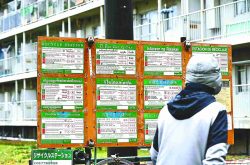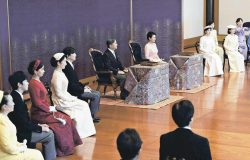Fish Head Dishes Served for Over 50 Years at Kagoshima Restaurant; Generations Join Force to Keep Family Business Alive
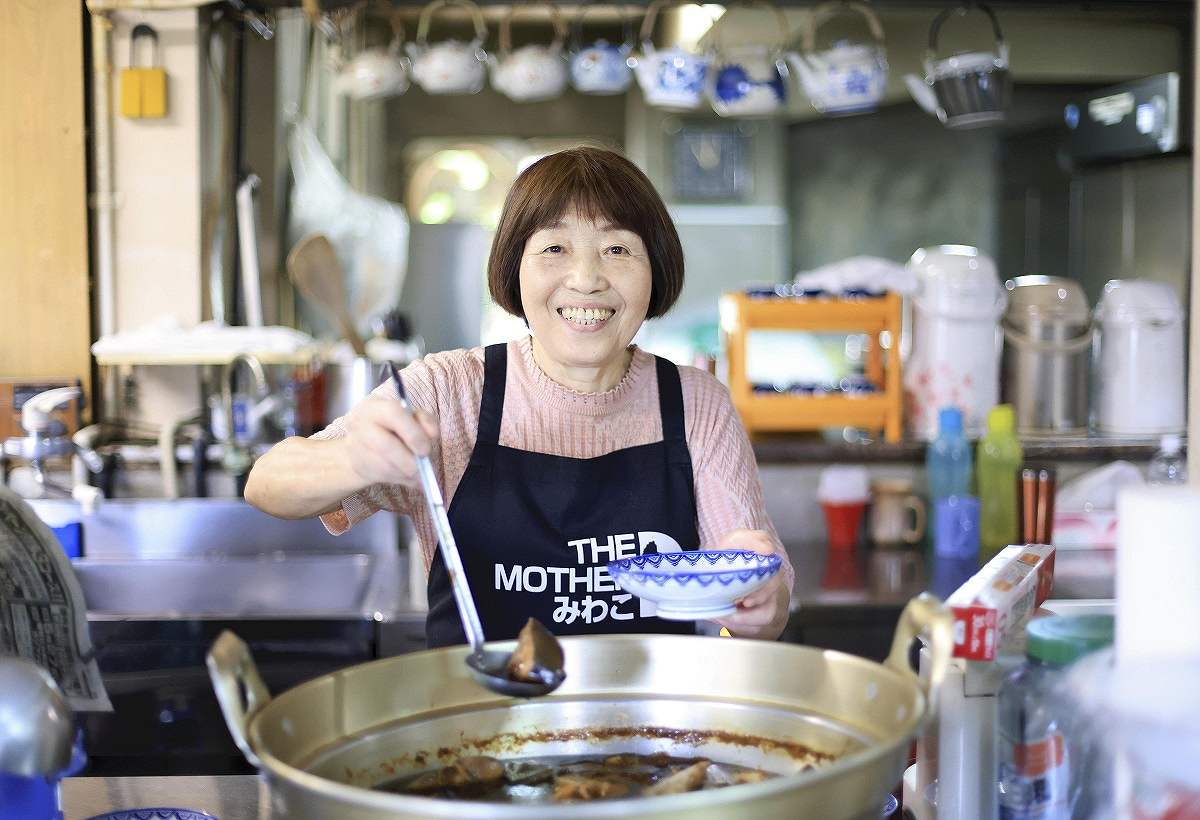
Miwako Sako at the Hama no Chaya restaurant in Kagoshima
12:30 JST, August 25, 2024
Sakurajima Island proudly sat in the middle of the bay under the clear blue sky on my right as I walked down National Route 226 from Hirakawa station in Kagoshima. I took in the sight of the spectacular island that is a symbol of Kagoshima Prefecture. It wasn’t long before I approached a purple banner flag swinging in the wind.
Written on the banner was “Aradaki,” which refers to simmered fish heads and other boney parts of fish. This is the signature dish of the restaurant Hama no Chaya.
“We have been serving the dish since the restaurant opened. Give it a try,” Miwako Sako, 78, said brightly as I entered the restaurant.
The dish makes use of local yellowtail fish heads. The prefecture is the country’s largest producer of farmed yellowtail. In the dish I had, the locally produced yellowtail head was simmered in soy sauce, mirin, sake and granulated sugar — the secret ingredient — for about 40 minutes. No water was used in the dish.
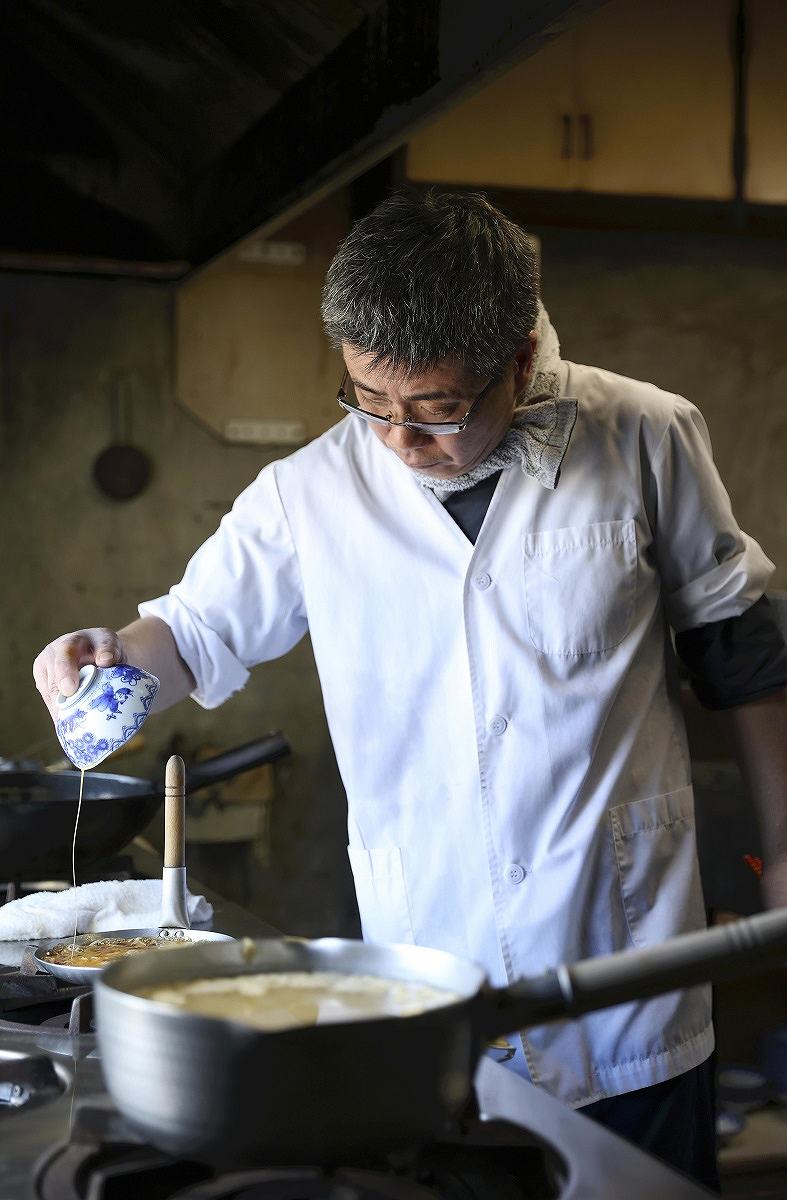
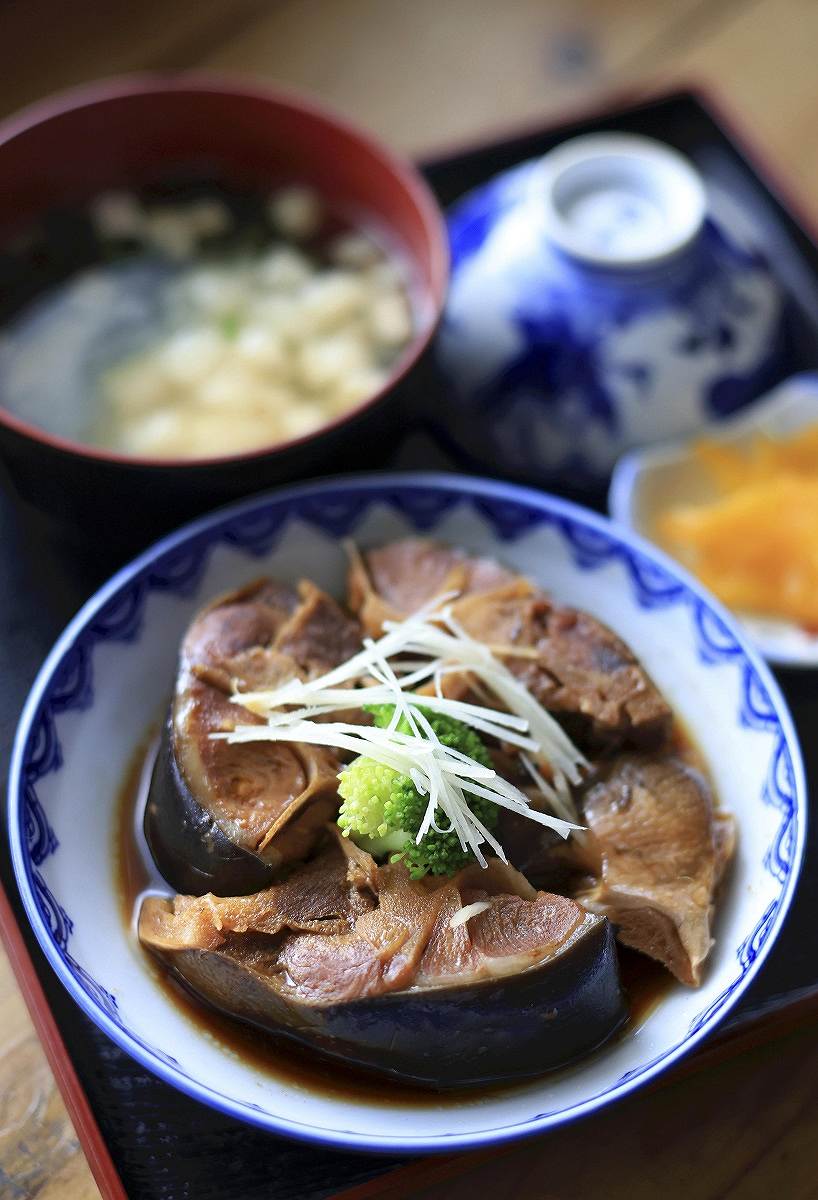
Top: Miwako’s nephew, Hisayuki, handles the cooking at the restaurant. Down: The restaurant’s signature dish, “Buri no Aradaki” (simmered yellowtail)
“The trick is to wash the yellowtail clean and not overcook it,” said Hisayuki, 48, Miwako’s nephew who handles the cooking at the restaurant. The tastes of Kyoto, where he trained as a chef, gives the dish a light taste with his finishing touches.
The simmered yellowtail had a beautiful cross-section. The flesh was so soft that I could easily separate it with chopsticks, which surprised me. The sweet-flavored soy sauce, typical of the Kyushu region, and the thick taste of the fatty yellowtail exploded in my mouth. There was a plump texture to the skin, and before I noticed, I had finished eating the rice. The aradaki set menu also includes miso soup, a small side dish and Japanese pickles and is priced at ¥850.
A 34-year-old company employee of the city who visited the restaurant with his colleague said: “I’ve eaten aradaki in many places, but this place serves the best one. I sometimes bring people from outside the prefecture, and they also love the aradaki here because it’s so delicious.”
Sakurajima Island can be seen from inside the restaurant, and it seemed like time was passing slowly. The relaxing atmosphere changed completely just past noon when the restaurant was quickly filled with customers working nearby.
The kitchen was very busy. “Aradaki, a big serving of rice and karaage deep-fried chicken!” Miwako shouted to the kitchen. She remembers orders by heart without taking notes because, she says, “Speed is everything.”
Hisayuki efficiently prepared dishes with an iced towel around his neck. Once the dishes were prepared, Miwako brought them to the tables saying, “Here, thank you for waiting!” Hisayuki’s mother, Hisako, 72, also helps out. They were very busy. “The whole family runs the restaurant,” Miwako said proudly.
Family tragedies
The restaurant opened in 1968. Its head chef was Yoshihisa, Hisayuki’s father. The following year, Miwako got married to Yoshihisa’s older brother Katsuyoshi and started helping run the restaurant.
Shortly after, Katsuyoshi quit his company and opened a sushi restaurant on the same premises as the restaurant. Miwako worked at the restaurant until evening and at her husband’s sushi restaurant at night. “There were many parties, so I was working while I was pregnant with my sons,” Miwako said with smile.
Yoshihisa died in 1997, and Katsuyoshi died in 1998. Miwako thought about closing the restaurant. However, she recalled, “The locals told me to keep the lights on.”
Around that time, Hisayuki, who was in Kyoto training to be a chef, decided to come back to the restaurant, which encouraged Miwako to keep going.
Watching the stars
Miwako remembers her customer’s faces, even if she doesn’t know their names. She always says things to them like, “You should eat a lot” and “Come back soon.”
A 56-year-old customer who comes to the restaurant at least five times a month said: “I come here not only because the food is delicious but also because I like her cheerful personality. I enjoy talking with her at the restaurant.” Miwako, smiling, said, “I draw strength from the customers.”
When Miwako arrives at the front door of her house after work, she looks up at the starry sky and says in her heart, “Hey guys, another day ended peacefully.”
Miwako always says those words not only to Katsuyoshi but also to her pet dog John and pet cat Chibi.
“I just repeat the same thing every day,” she said, laughing. But I wonder how difficult it is to continue living peaceful days without significant incidents. “I want to stay healthy and work for at least five more years and reach the 60th anniversary of the restaurant,” she said.
She is determined to continue keeping the restaurant’s lights on.
Family-owned restaurant keeps traditions alive for over 50 years
"Features" POPULAR ARTICLE
-

Students Recreate 19th-Century Bento Boxes Made for Ino Tadataka’s Survey Team in Hot Spring Town on Nakasendo Road
-

Santa Claus Delivers Christmas Presents to Penguins at Aquarium in Japan’s Nagasaki Prefecture
-
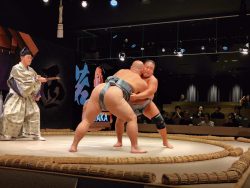
Sumo Restaurant in Tokyo Teaches Foreign Visitors About the Ancient Sport, with Bouts Between Retired Rikishi
-

Autonomous Passenger Ship Connects Mainland with Remote Island in Seto Inland Sea; World’s 1st Commercially Operated Autonomous Vessel
-

Japanese Chef of Italian Restaurant in Tokyo Offers Milanese Risotto; Bright Colors, Rich Flavors in Simple Steps
JN ACCESS RANKING
-

BOJ Gov. Ueda: Highly Likely Mechanism for Rising Wages, Prices Will Be Maintained
-

Core Inflation in Tokyo Slows in December but Stays above BOJ Target
-

Osaka-Kansai Expo’s Economic Impact Estimated at ¥3.6 Trillion, Takes Actual Visitor Numbers into Account
-

Japan Govt Adopts Measures to Curb Mega Solar Power Plant Projects Amid Environmental Concerns
-

Japan, U.S. Start Talks on Tokyo’s $550 Bil. Investment in U.S.; Energy, AI Projects Were Focus of 1st Meeting







